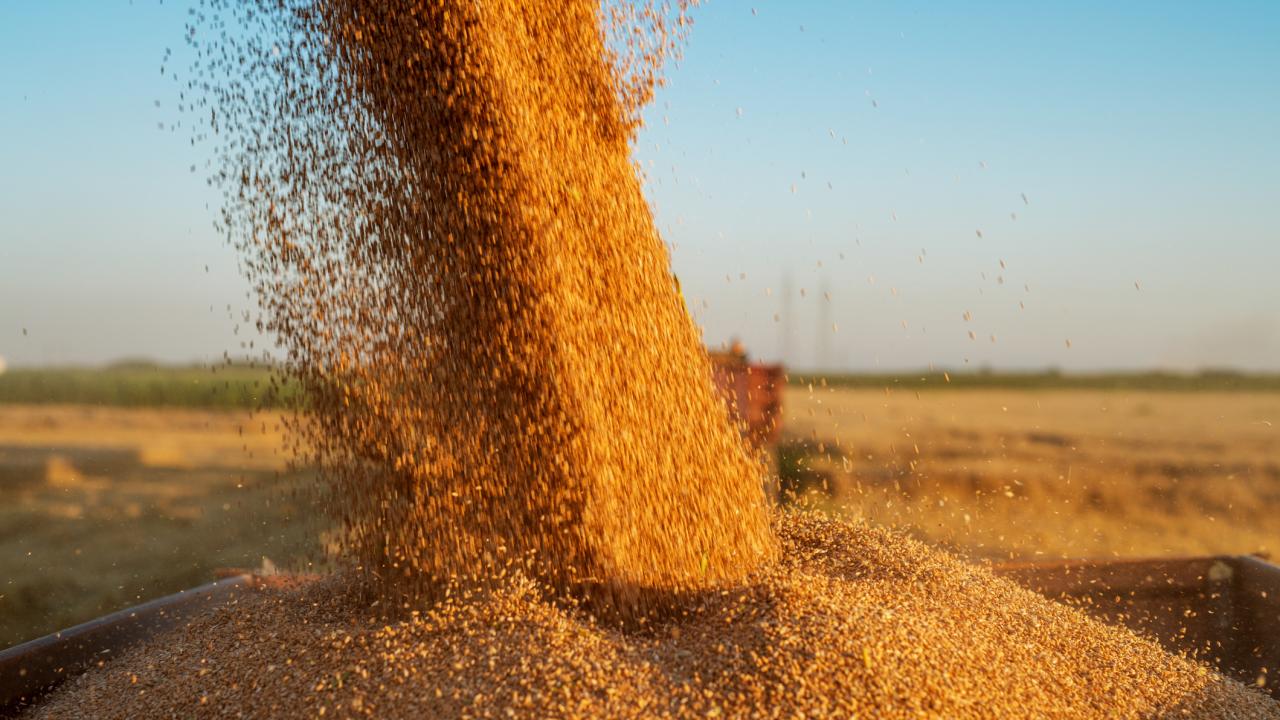Global supply issues related to the pandemic and war in Ukraine have highlighted yet another global vulnerability — food availability.
While international trade allows countries to buffer against domestic food shortfalls and gain access to larger markets, what happens when supplies run short, or the global supply chain slows or even breaks down like it did during the pandemic?
A new University of California, Davis, study sheds light on how trade, and centrality in the global wheat trade network, affect food security. The study shows that many countries depend on trade to fulfill their food needs. Further, the global wheat trade is concentrated in a handful of countries whereby disruption in only a few countries would have global impacts, researchers suggest.
The study, “Connected and Extracted: Understanding how centrality in the global wheat supply chain affects global hunger using a network approach,” was published in June in the journal PLOS ONE. The study’s authors include Subhashni Raj, assistant professor, Department of Urban and Regional Planning, University of Hawaii-Manoa, who was a UC Davis postdoctoral scholar when the study was written; Catherine Brinkley, associate professor, Department of Human Ecology, UC Davis; and John Ulimwengu, senior research fellow, International Food Policy Research Institute.
The current shortage of baby formula and concern over global grain supplies are now at the forefront of global trade concerns.
“Food grains — wheat, maize and rice — account for over 50% of human caloric consumption and underpin global food security. With conflict between Russia and the breadbasket of Ukraine, global fear about food shortages is sounding alarms,” said Brinkley, co-author of the study.
“War in Ukraine, for example, combined with supply chain issues, have contributed to price increases in cereal grains and food prices globally, but especially in the Global South where countries rely on cereal imports,” Raj added. This area encompasses Africa, Latin America and the Caribbean, Pacific Islands, and the developing countries in Asia, including the Middle East.
Having more land doesn’t mean more food
Furthermore, researchers found that having more agricultural land does not necessarily translate to higher levels of national nourishment.
“One might expect that having lots of farmland would help buffer against hunger,” Brinkley said. “Yet, agriculturally rich areas of the world are often literal battlegrounds for control over resources.”
The food resources are often plugged into the vast globalized food chain with little to no positive impact on communities where the chain started, researchers said, undercutting the food security of their own people to leverage the country’s advantage in the international food economy.
Countries in the Global North with low production capacities control a significant share of that supply chain given their purchasing power and location adjacent to important wheat trade hubs. “Historical patterns of wealth accumulation through colonization and the slave trade are also visible when you look at the global wheat trade. Many European countries with limited agricultural lands find themselves highly central to the global wheat supply chain, reflecting trade agreements and trade patterns that emanated from their colonial past,” Raj said.
Researchers used international wheat trade data to reconstruct the global trade network and identify the most influential countries. They found that countries most central to the global grain trade account for more than half of all wheat exports globally by volume: Germany, Italy, France, Turkey, Russia, the United States and Canada.
This makes the global wheat value chain vulnerable, as a shock to one of these countries is likely to propagate across the globe.
“That is the curse of operating within a food system where components, big or small, are all connected,” Brinkley said.
To correct the unbalanced structure of the trade network, researchers called in their study for more emphasis on regional and localized food systems, because well-functioning local food systems more effectively counter shortfalls and perturbations in the larger globalized food system.
Media Resources
Media Contact:
- Karen Nikos-Rose, News and Media Relations, 530-219-5472, kmnikos@ucdavis.edu
